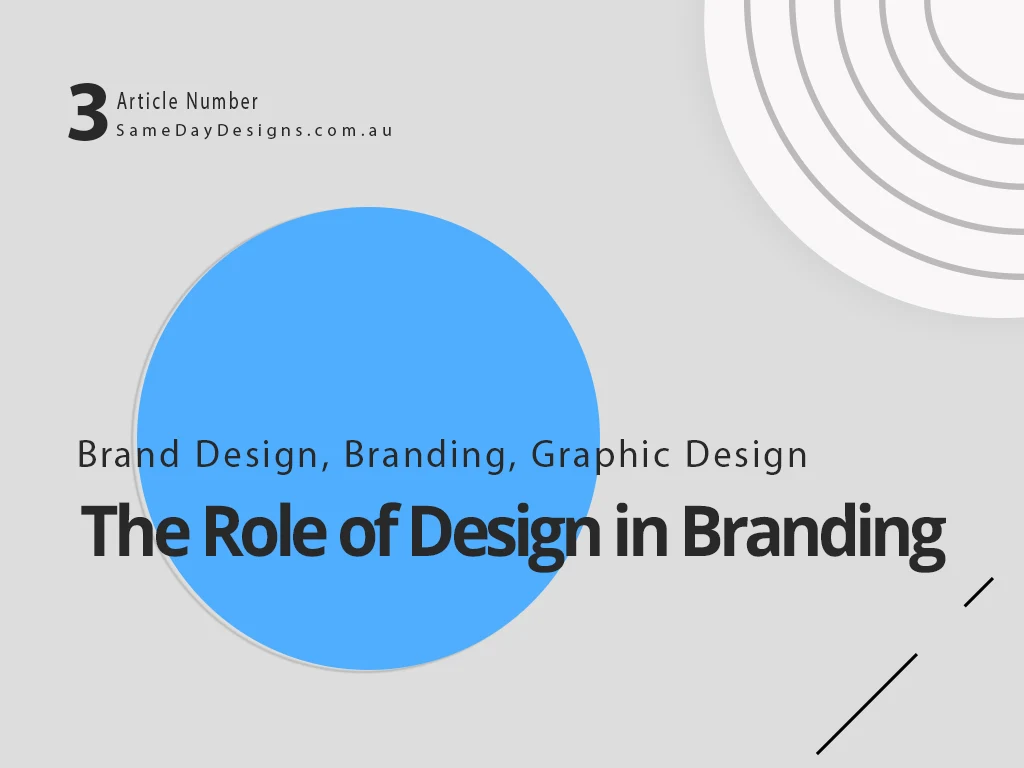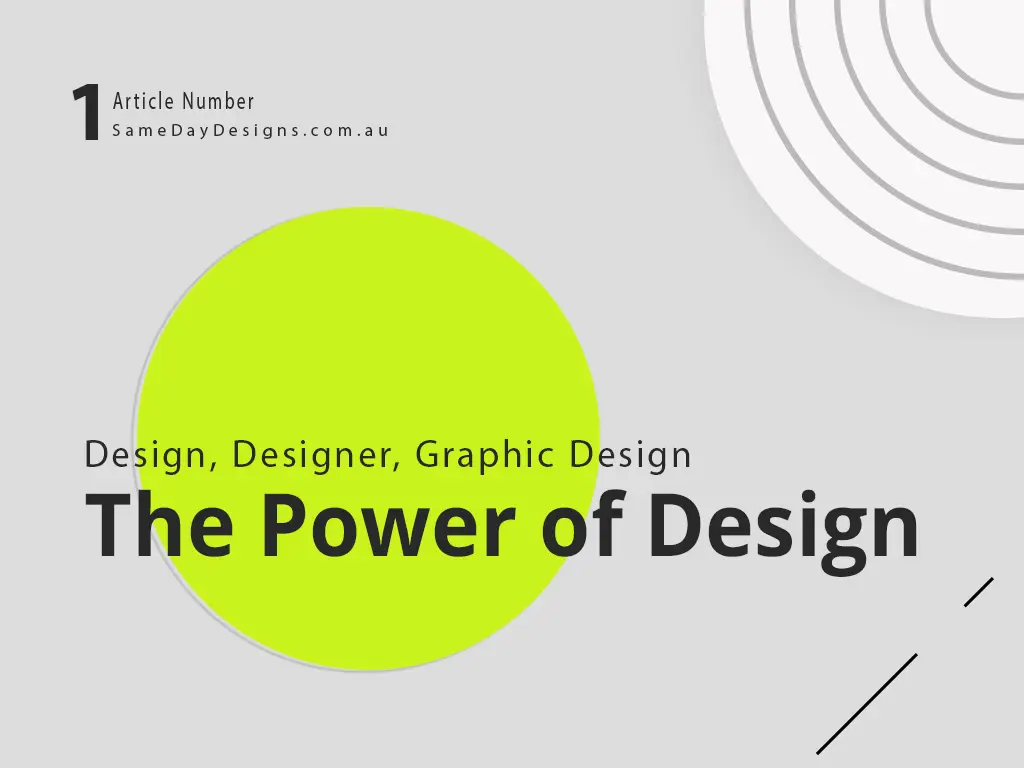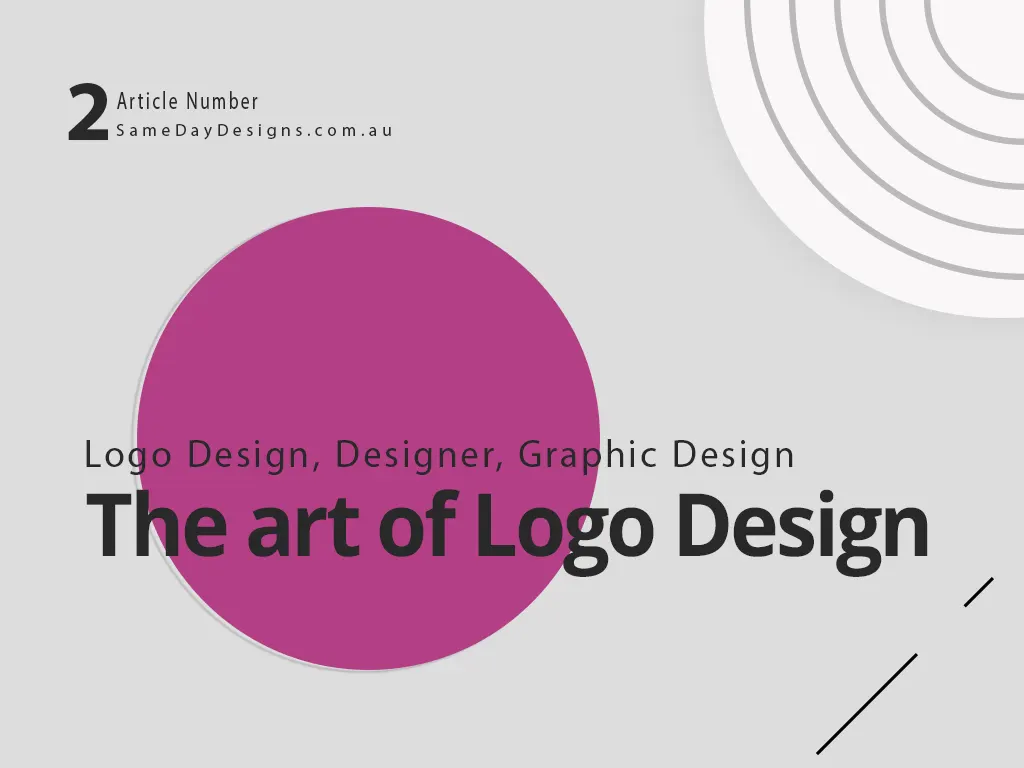In today’s competitive business landscape, branding has emerged as a crucial factor that can make or break a company’s success. Branding encompasses various elements that shape a brand’s identity and perception in the minds of consumers. Among these elements, design plays a pivotal role, serving as a powerful catalyst for brand recognition, differentiation, and emotional connection.
In this essay, we will explore the significance of design in branding, its impact on consumer behavior, and how effective design strategies can elevate a brand to new heights of success.
In an era where consumers are inundated with choices, design-led innovation has emerged as a key differentiator for sustainable branding. The ever-evolving business landscape demands continuous adaptation and creativity, and design plays a vital role in shaping a brand’s journey towards relevance and longevity.
Understanding Branding and Its Components:
Branding is a multifaceted concept that extends far beyond a company’s logo or visual elements. It encompasses the overall experience that consumers have with a brand, including its messaging, values, personality, and reputation. A well-defined brand identity is the foundation on which successful branding is built.
The components of branding include brand positioning, brand messaging, brand personality, and brand image. Brand positioning is the unique space a brand occupies in the minds of consumers in relation to its competitors. Brand messaging is the language and tone used to communicate the brand’s values and benefits to the target audience.
Brand personality involves humanizing the brand, giving it distinct traits that consumers can relate to. Finally, brand image is the perception that consumers have of the brand based on their interactions and experiences with it.

The Power of Design in Branding:
Design is a powerful tool that breathes life into a brand’s identity and allows it to resonate with consumers on an emotional level. It is through design that a brand’s personality and values are visually communicated, leaving a lasting impression on consumers. From the logo to packaging, website, and marketing materials, every design element contributes to shaping the brand’s visual identity.
The logo, as the face of the brand, is arguably the most critical design element. A well-crafted logo encapsulates the essence of the brand, acting as a memorable symbol that represents its identity. Think of iconic logos like Apple’s bitten apple or Nike’s swoosh; these simple yet powerful designs have become synonymous with their respective brands.
Beyond the logo, effective design extends to all touchpoints where consumers interact with the brand. Consistent use of colors, typography, and visual elements across various platforms creates a cohesive brand experience, reinforcing brand recognition and trust. Packaging design, for example, can influence purchase decisions on the retail shelf, as consumers are drawn to visually appealing and well-designed products.
The Impact of Design on Consumer Behavior:
Design plays a significant role in influencing consumer behavior and shaping their perceptions of a brand. A well-designed brand evokes emotions, creates positive associations, and builds trust with consumers. Visual aesthetics can sway consumer preferences, making them more likely to choose one brand over another.
Design in branding can also communicate its values and commitment to quality. For example, eco-friendly packaging design can signal a brand’s dedication to sustainability, appealing to environmentally-conscious consumers. Similarly, a luxury brand’s elegant and sophisticated design can convey a sense of exclusivity and premium quality.
Consistency in design is crucial for reinforcing brand identity and building brand loyalty. When consumers encounter consistent design elements across different platforms, they form a stronger and more cohesive mental image of the brand. This consistency fosters brand recall, making it easier for consumers to recognize and choose the brand in the future.
Design-led Innovation: The Path to Sustainable Branding
In an era where consumers are inundated with choices, design-led innovation has emerged as a key differentiator for sustainable branding. The ever-evolving business landscape demands continuous adaptation and creativity, and design plays a vital role in shaping a brand’s journey towards relevance and longevity.
Design as a Driver of Innovation:
Design is not limited to aesthetics; it is a way of thinking that drives innovation. By integrating design thinking into the branding process, businesses can create products and services that truly meet the needs of their customers. Understanding consumer pain points and desires allows brands to craft solutions that stand out in the market.
Innovative design can lead to breakthrough products that disrupt industries, leaving competitors struggling to catch up. Consider how the sleek and user-friendly design of smartphones revolutionized the mobile industry, forever altering the way we communicate and access information.

The Power of Emotional Design:
Emotions are deeply intertwined with the way consumers perceive brands. Design has the ability to evoke emotions, creating a lasting impact on consumers’ memories and preferences. Emotional design can establish an intimate connection with customers, turning them into brand advocates and loyal supporters.
Brands that can tap into consumers’ emotions through their design elements can foster a sense of belonging and shared values. The emotional resonance created by successful design can lead to long-term customer relationships, making customers feel like part of a larger community.
Design Evolving with Technology:
Technology continues to shape design trends and possibilities. From virtual reality to augmented reality, advancements in technology have opened up new avenues for immersive brand experiences. Brands can now connect with their audiences on a deeper level, offering interactive and engaging encounters.
Moreover, technology enables personalized design experiences, tailoring products and services to individual preferences. Customization and personalization have become highly sought-after features, as consumers value products that cater specifically to their needs.

The Role of Design in Brand Identity:
Brand identity is the visual representation of a brand’s personality, values, and promises. Design is the driving force behind crafting a compelling brand identity that resonates with consumers. A well-defined brand identity ensures consistency and clarity across all brand touchpoints, reinforcing the brand’s message and making it instantly recognizable.
A cohesive and authentic brand identity builds trust and credibility. When consumers encounter consistent design elements, they perceive the brand as reliable and dependable, which is critical for long-term success.
Design for a Global Audience:
In today’s interconnected world, brands have the opportunity to reach global audiences. However, this also presents challenges in understanding cultural nuances and preferences. Design that is sensitive to cultural diversity can help brands avoid missteps and foster inclusivity.
Localized design can ensure that a brand’s message is understood and appreciated by diverse audiences, creating a sense of belonging across borders. Brands that embrace cultural diversity through their design can build a global community of supporters.
Design for Sustainable Branding:
Sustainability has become a core concern for both businesses and consumers. Brands that demonstrate a commitment to sustainability through their design choices are more likely to gain the trust and loyalty of environmentally-conscious customers.
Sustainable design encompasses various elements, such as eco-friendly materials, responsible packaging, and circular product life cycles. Consumers are increasingly gravitating towards brands that take their environmental impact seriously, and innovative design allows companies to fulfill these expectations.
Design Strategies for Brand Success:
To achieve brand success through design, businesses must adopt effective design strategies that align with their brand identity and target audience. Here are some essential design strategies:
Research and Audience Understanding: Design should be based on a deep understanding of the target audience’s preferences, values, and needs. Researching consumer behavior and market trends can provide valuable insights for designing a brand identity that resonates with the intended audience.
Simplicity and Memorability:
Simplicity in design enhances memorability. A clutter-free and straightforward design allows the brand’s message to be easily conveyed and remembered. Iconic brands often have simple yet impactful logos that stay imprinted in consumers’ minds.
Storytelling through Design:
Design can be a powerful storytelling tool. Brands can use design elements to narrate their journey, values, and mission. Storytelling through design creates an emotional connection with consumers, fostering brand loyalty.
Consistency across Platforms:
Maintaining consistency in design across various touchpoints is essential for reinforcing brand identity. Consistent use of colors, fonts, and visual elements creates a cohesive brand experience.
Adaptability and Flexibility:
Brands should design with adaptability in mind. The design must be flexible enough to accommodate different platforms and scales without losing its essence.
Conclusion:
Design is an indispensable component of branding, serving as a catalyst for success in today’s competitive market. Effective design strategies help businesses create a unique brand identity that resonates with consumers and sets them apart from competitors. From the logo to packaging and beyond, every design element plays a crucial role in shaping consumer perceptions and influencing their behavior.
The power of design lies in its ability to evoke emotions, communicate values, and foster brand loyalty. As consumers interact with well-designed brands, they forge emotional connections, creating lasting impressions that transcend mere product attributes.
Effective design strategies, rooted in audience understanding and storytelling, can elevate a brand from ordinary to extraordinary, propelling it towards a prosperous future in the hearts and minds of consumers.


